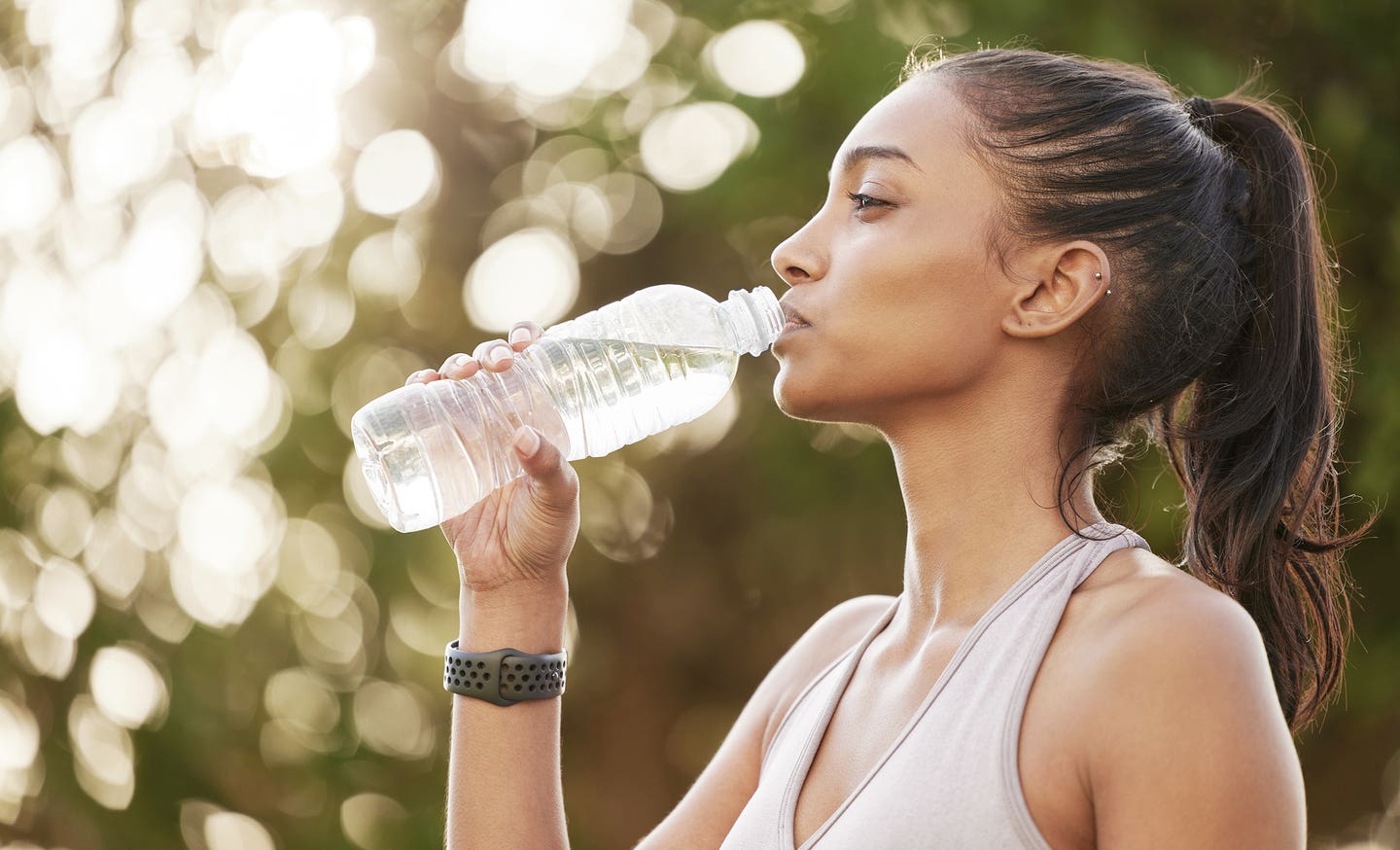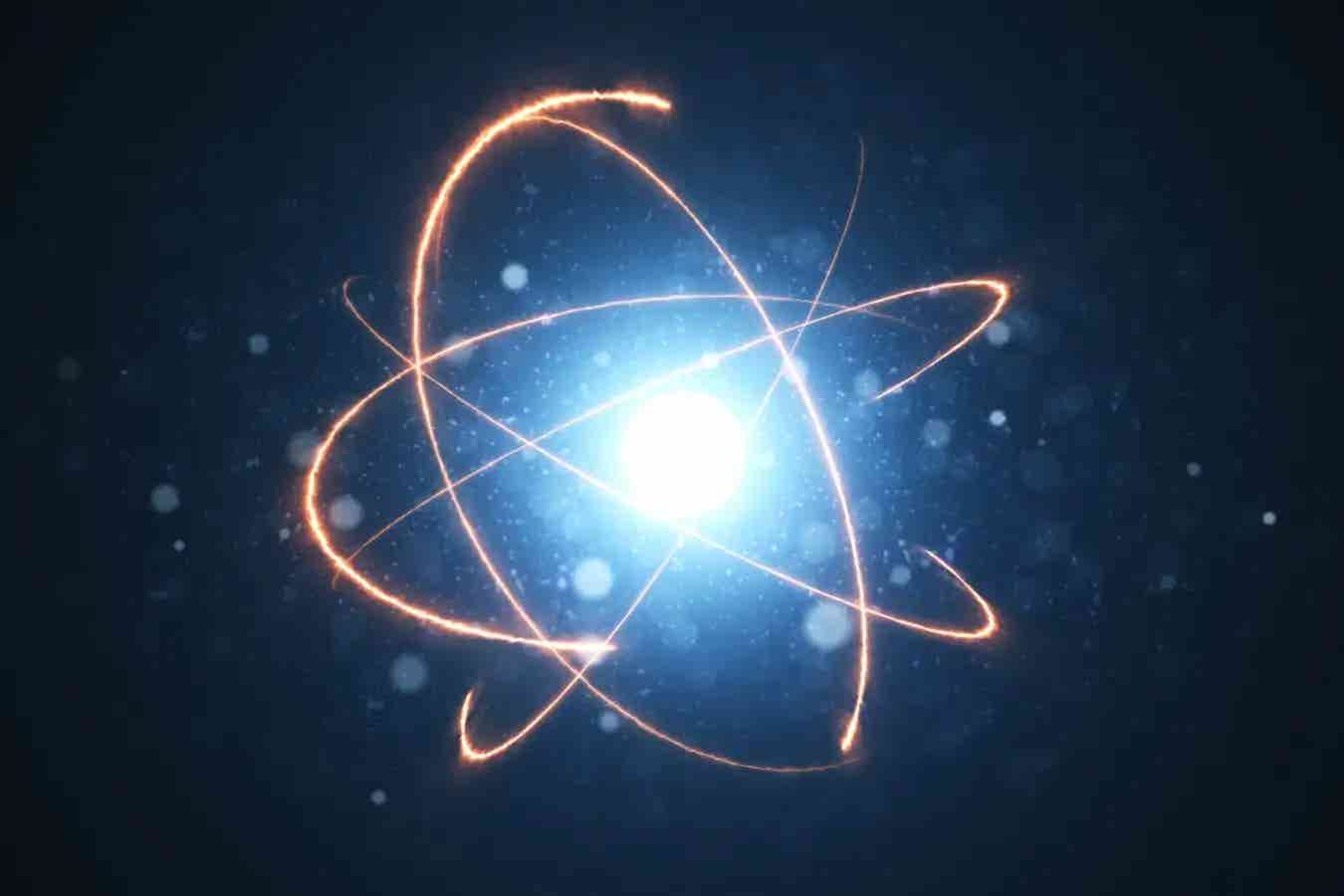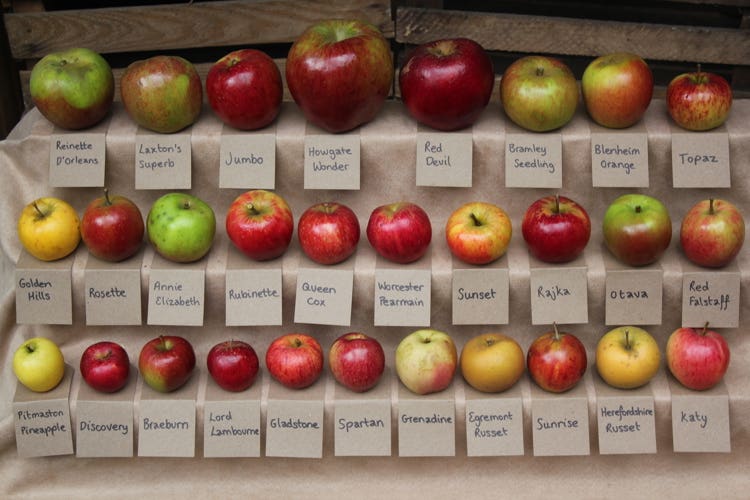Is Bottled Water Safe to Drink? New Study Reveals Surprising Truth
Microplastics, the tiny, often invisible particles of plastic waste, have infiltrated our planet at an alarming rate

[Jan. 15, 2024: JD Shavit, The Brighter Side of News]
Microplastics, the tiny, often invisible particles of plastic waste, have infiltrated our planet at an alarming rate. (CREDIT: Creative Commons)
Microplastics, the tiny, often invisible particles of plastic waste, have infiltrated our planet at an alarming rate, becoming an integral part of our environment and even our own bodies, according to a recent study by the Columbia Climate School.
This groundbreaking research reveals that microplastics are far more prevalent in our daily lives than previously believed, raising concerns about their potential health impacts.
The study, titled "Rapid single-particle chemical imaging of nanoplastics by SRS microscopy," uncovered startling findings. Researchers discovered that a single liter of bottled water contains an average of approximately 240,000 detectable plastic fragments.
This figure is 10 to 100 times higher than earlier estimates, shedding light on the pervasive nature of microplastics.
Related Stories
Microplastics, defined as plastic particles less than five millimeters in length, originate from a variety of sources, including textiles, packaging, and fishing nets. Over time, these plastics break down into smaller and smaller particles, infiltrating soil, air, and water, ultimately finding their way into our bodies and those of other species.
Even smaller than microplastics are nanoplastics, measuring less than a micron, or one-thousandth of a millimeter, in size.
Researchers believe that nanoplastics may pose an even greater threat due to their minute size, making them more accessible to enter the human body. The implications of these particles on biological systems remain largely unknown, prompting scientists to urgently investigate their potential health consequences.
SRS imaging of standard PS micro-nano spheres for detection sensitivity and resolution characterization. (CREDIT: PNAS)
"Plastics are now omnipresent in our daily lives. The existence of microplastics (1 µm to 5 mm in length) and possibly even nanoplastics (<1 μm) has recently raised health concerns. In particular, nanoplastics are believed to be more toxic since their smaller size renders them much more amenable, compared to microplastics, to enter the human body," explained the researchers behind the study.
To detect and count nanoplastics in bottled water, the research team employed cutting-edge technology. These particles are so minuscule that they can directly enter the bloodstream through the lungs and intestines, potentially affecting vital organs like the heart and brain. They can even penetrate individual cells, underscoring the urgent need for further investigation.
Detecting micro-nano plastics in bottled water: sample preparation, SRS imaging, and data analysis. Scheme of the filtration setup for collecting micro-nano plastic particles from bottled water. The particles from the two bottles of water samples are concentrated onto a circular area (d = 13 mm) at the center of the membrane. (CREDIT: PNAS)
Beizhan Yan, co-author of the study and an environmental chemist at the Lamont-Doherty Earth Observatory at Columbia Climate School, emphasized the significance of this research: "Previously this was just a dark area, uncharted. Toxicity studies were just guessing what’s in there. This opens a window where we can look into a world that was not exposed to us before."
The study found that popular bottled water brands in the United States contained between 110,000 to 370,000 plastic particles per liter, with 90 percent of them being nanoplastics. These tiny particles primarily originated from materials like polyethylene terephthalate (PET), the plastic used in many water bottles. The study suggested that heat exposure or consumer squeezing could lead to plastic particles entering the water. Additionally, opening and closing the bottle cap repeatedly might contribute to plastic contamination.
Another surprising discovery was the presence of polyamide, a type of nylon, in bottled water. This substance likely came from plastic filters intended to purify the water. Other common plastics identified in bottled water included polyvinyl chloride, polystyrene, and polymethyl methacrylate, all used in industrial processes.
However, the types of plastics identified by the researchers accounted for only about 10 percent of the total nanoparticles found in the water. The origins and effects of the remaining nanoparticles remain a mystery.
Wei Min, one of the study's authors and a Columbia biophysicist, highlighted the importance of quantity over size: "it’s not size that matters. It’s the numbers, because the smaller things are, the more easily they can get inside us."
The bottled water industry has cautioned against hasty conclusions, emphasizing the need for further research to fully understand the implications of nanoplastics on human health.
Looking ahead, the research team plans to investigate tap water, which is known to contain fewer microplastics than bottled water. Additionally, they are conducting studies on microplastics and nanoplastics in laundry wastewater and exploring plastic particles collected from snow in western Antarctica. Collaborating with environmental health experts, they aim to measure nanoplastics in human tissues and assess their potential neurological and developmental impacts.
As we grapple with the omnipresence of microplastics and their potentially far-reaching consequences, the urgency of understanding and addressing this pervasive issue becomes increasingly clear.
For more environmental news stories check out our Green Impact section at The Brighter Side of News.
Note: Materials provided above by The Brighter Side of News. Content may be edited for style and length.
Like these kind of feel good stories? Get the Brighter Side of News' newsletter.
Joshua Shavit
Science & Technology Writer | AI and Robotics Reporter
Joshua Shavit is a Los Angeles-based science and technology writer with a passion for exploring the breakthroughs shaping the future. As a contributor to The Brighter Side of News, he focuses on positive and transformative advancements in AI, technology, physics, engineering, robotics and space science. Joshua is currently working towards a Bachelor of Science in Business Administration at the University of California, Berkeley. He combines his academic background with a talent for storytelling, making complex scientific discoveries engaging and accessible. His work highlights the innovators behind the ideas, bringing readers closer to the people driving progress.



